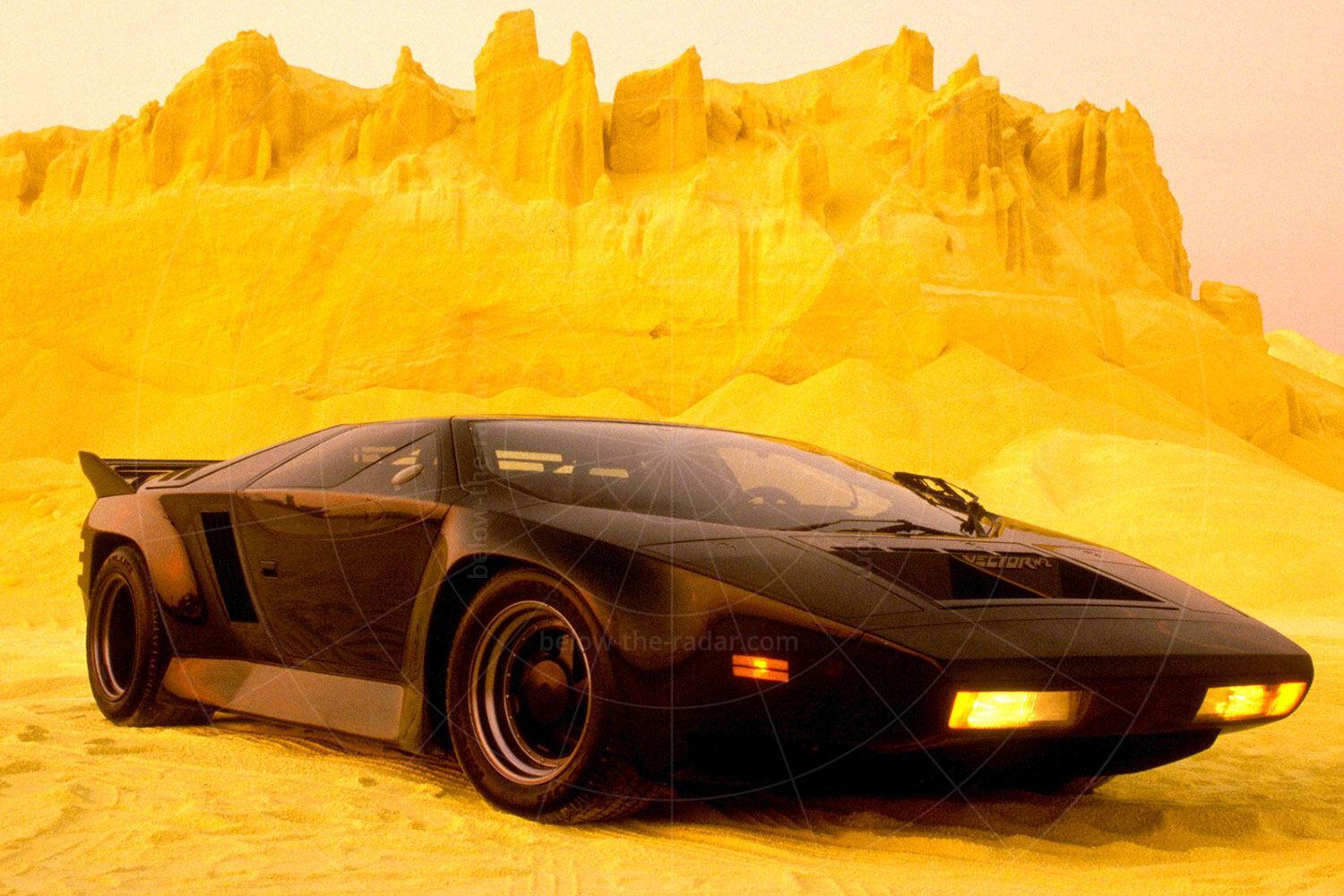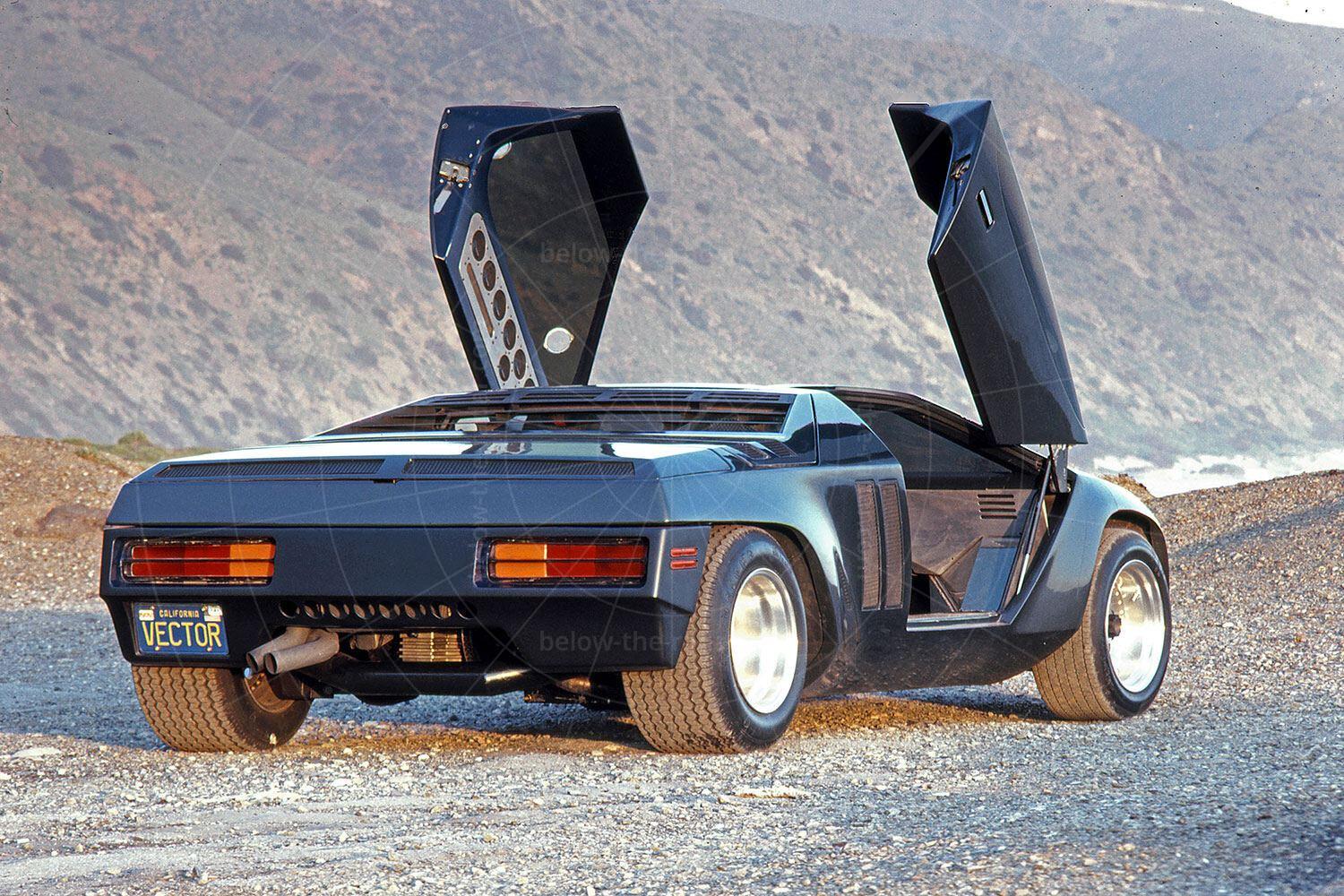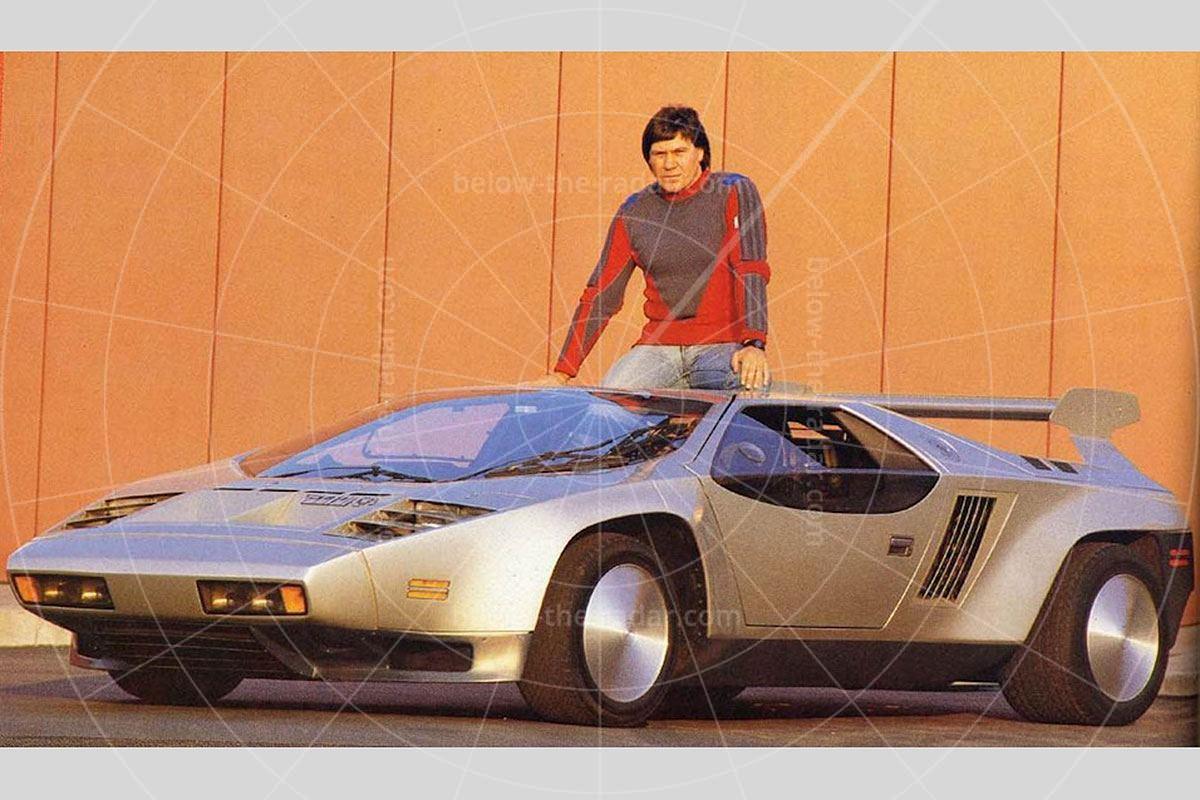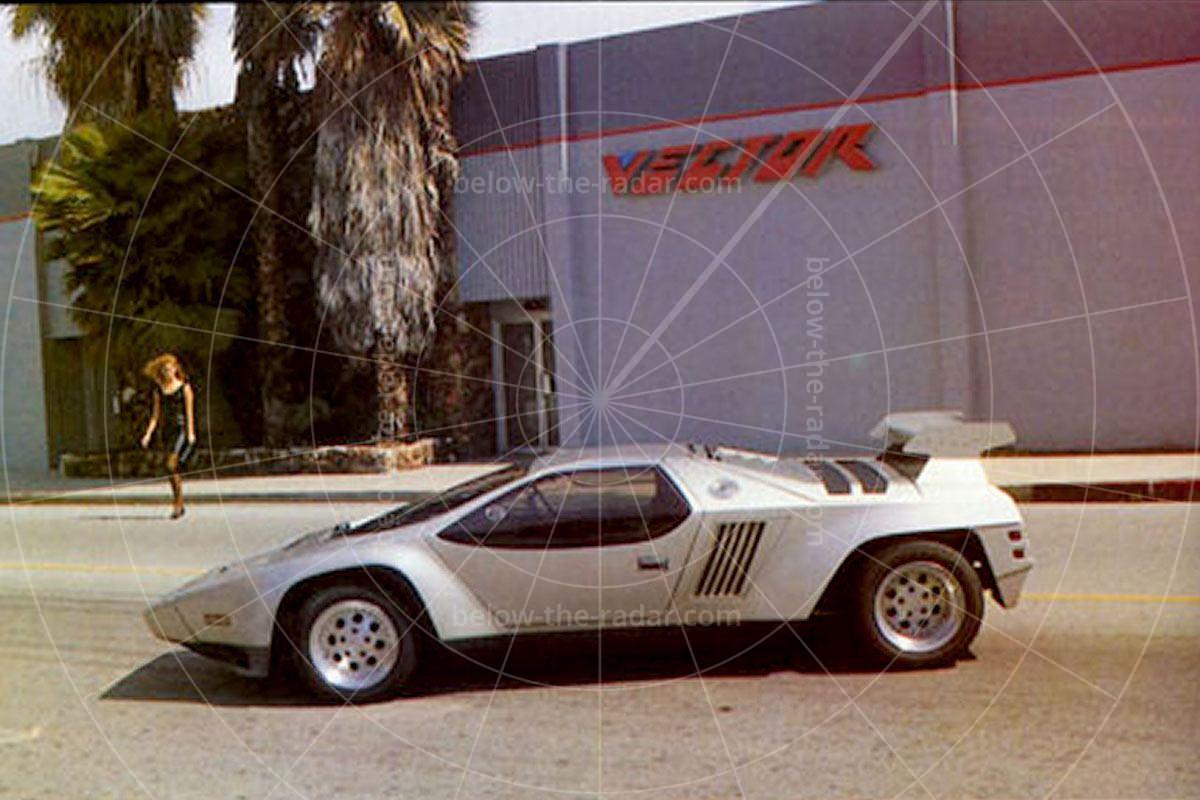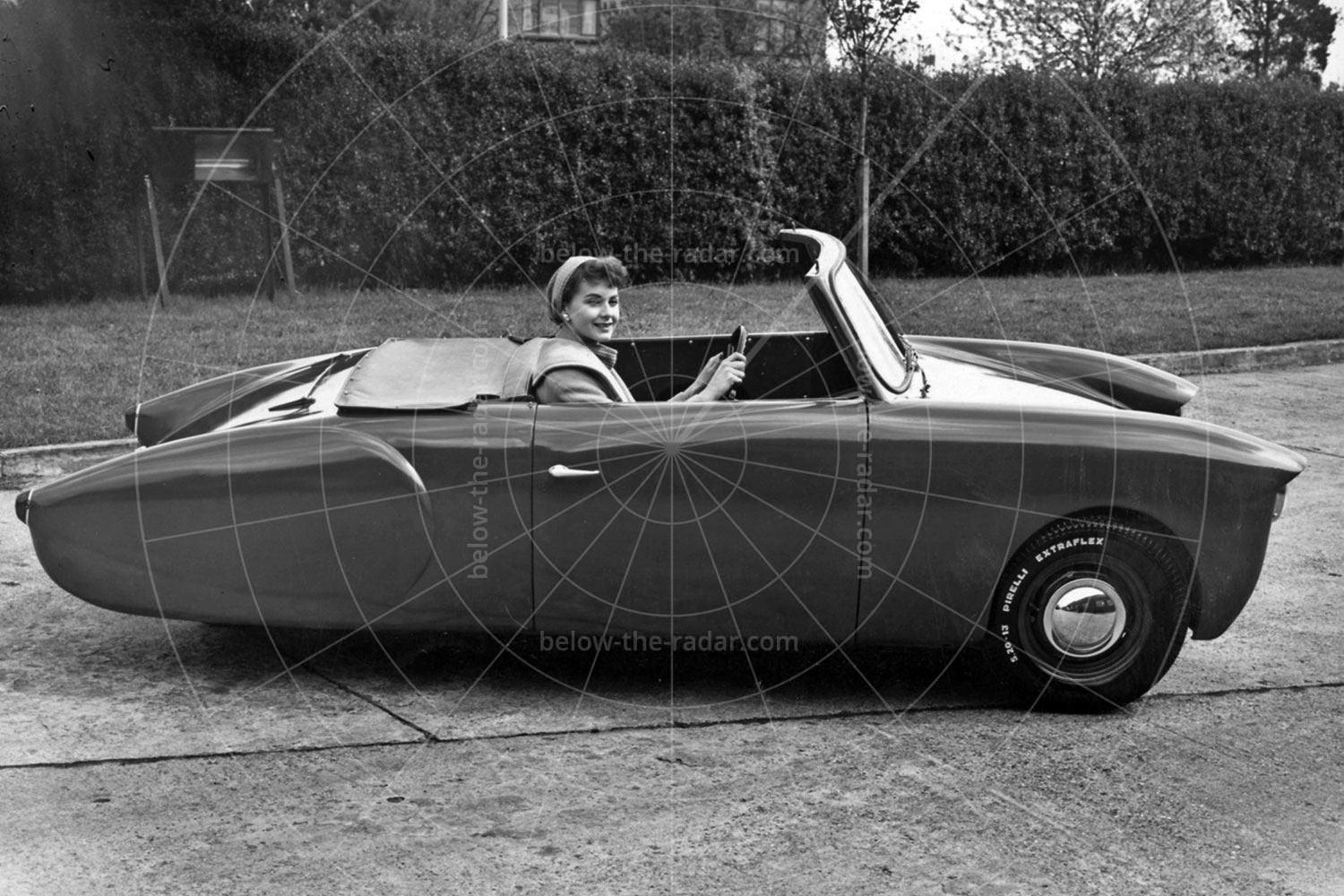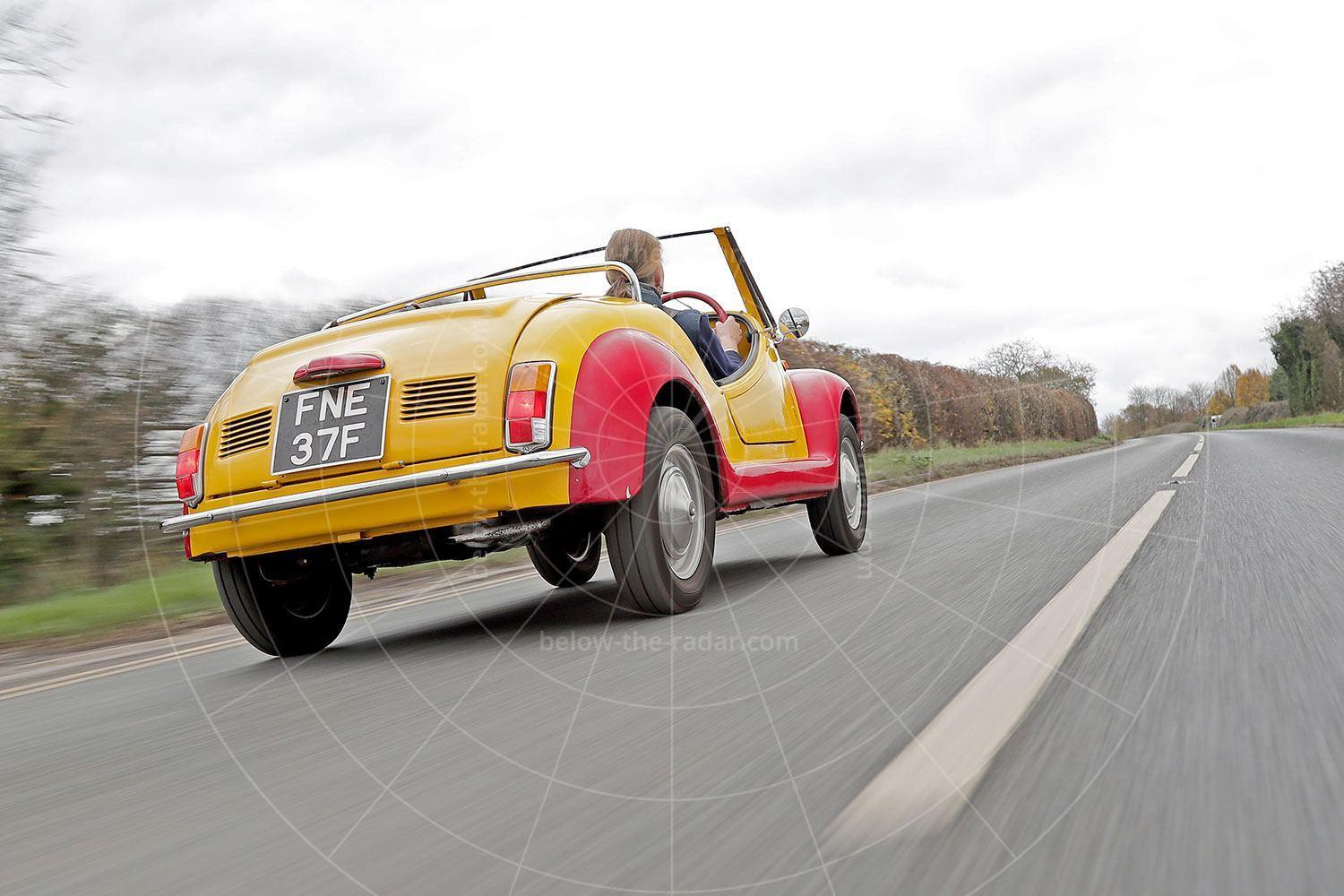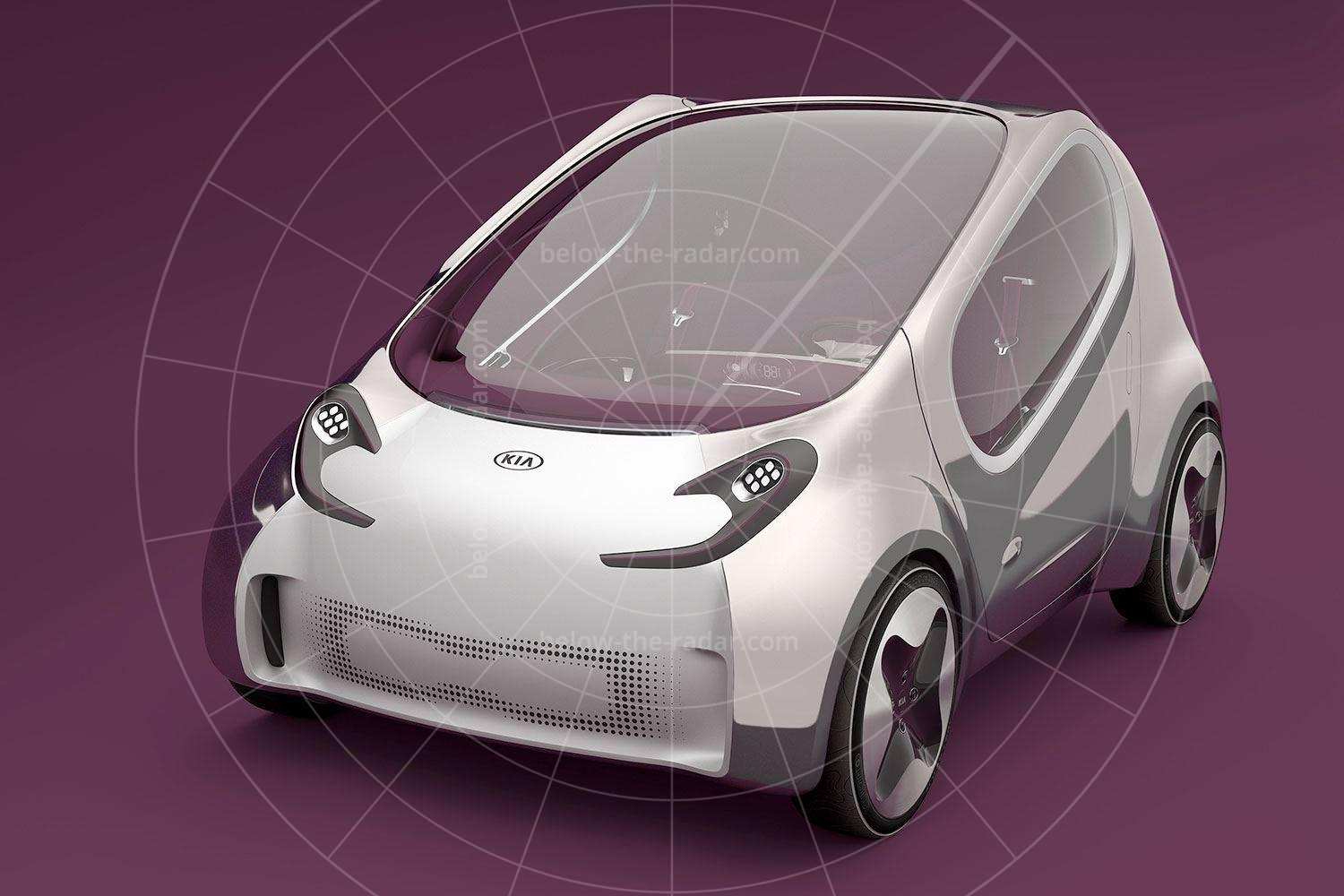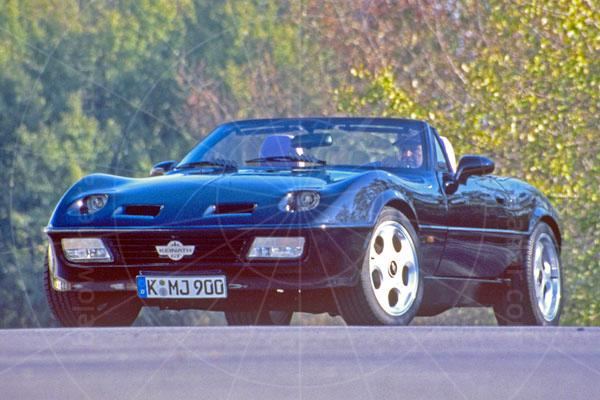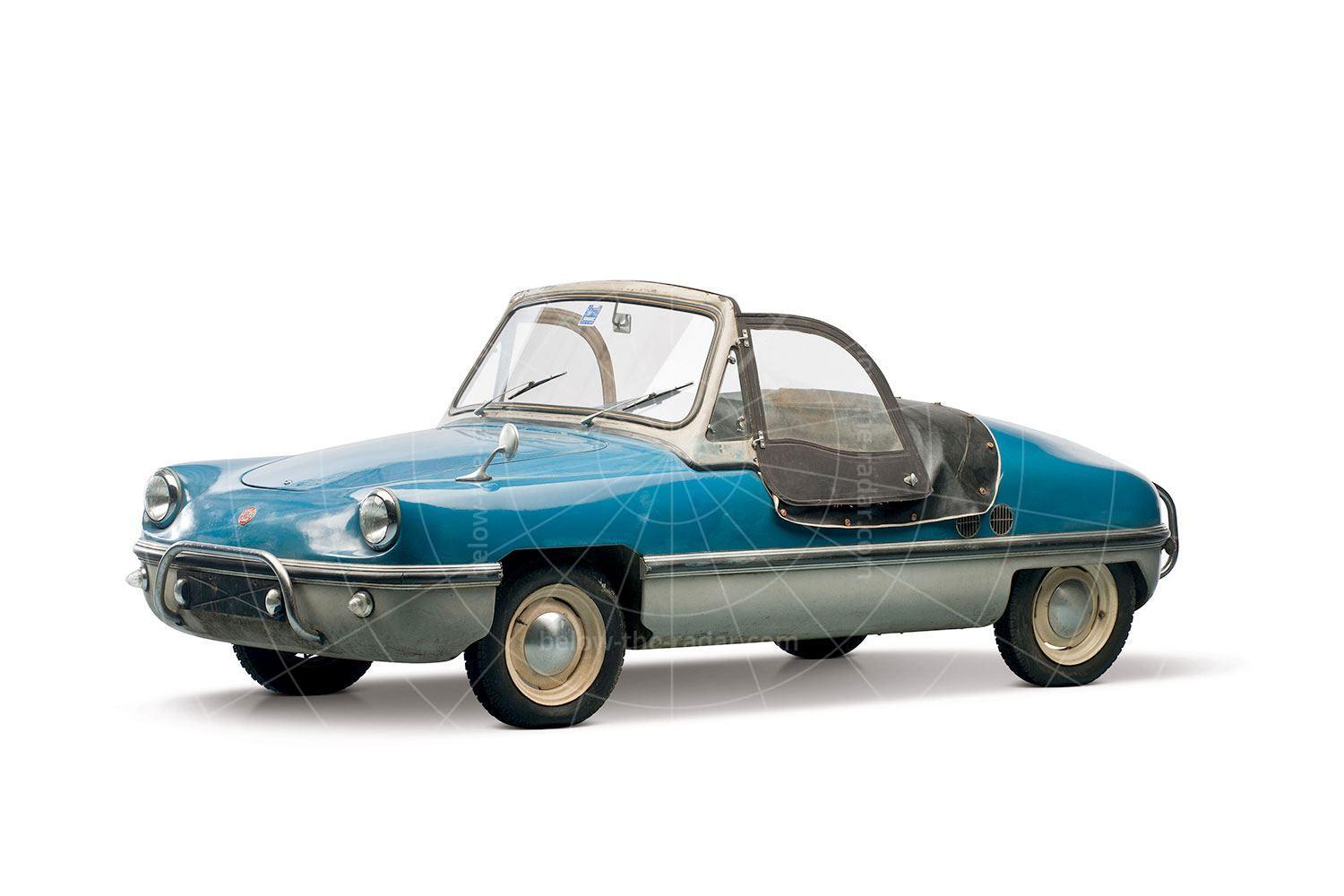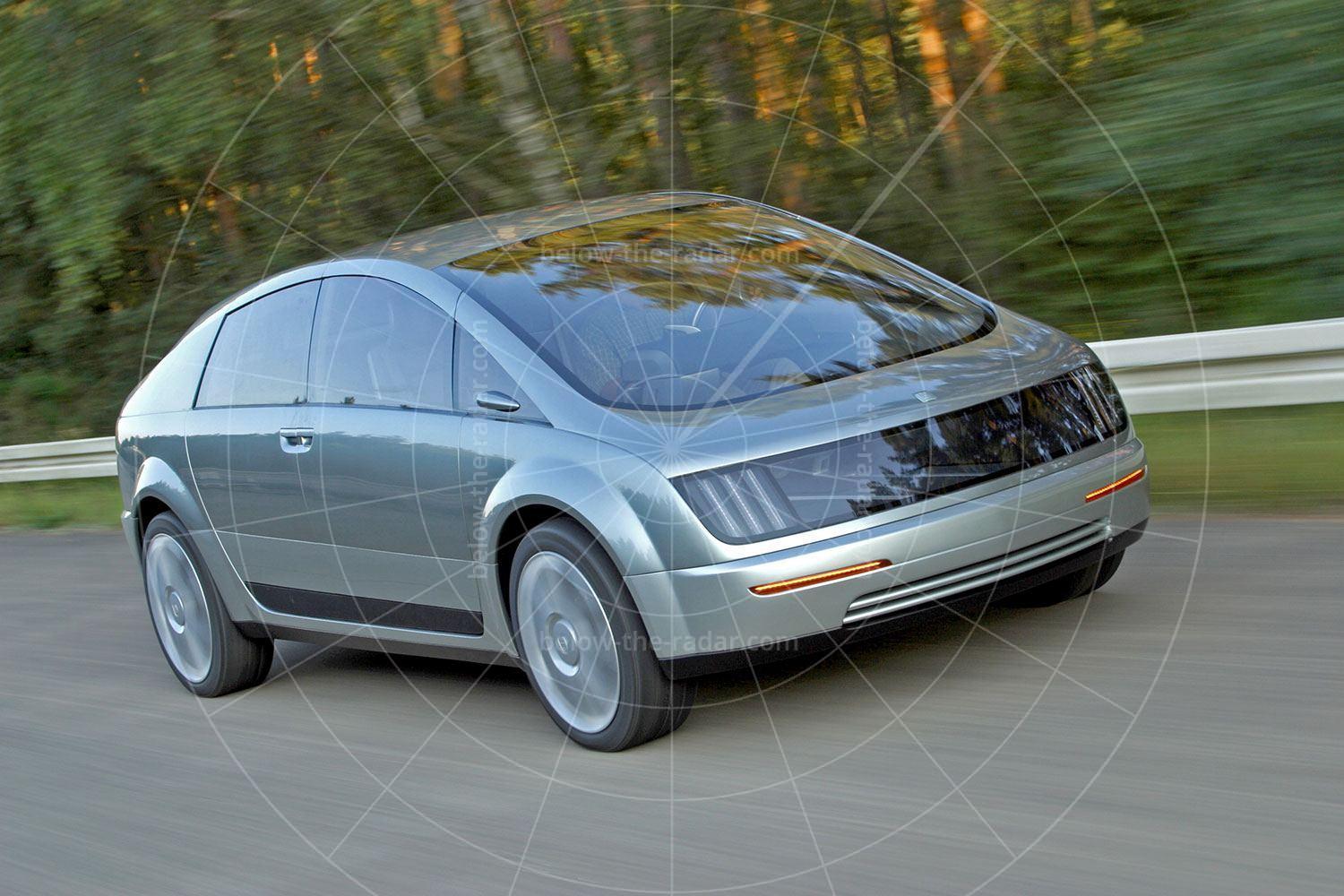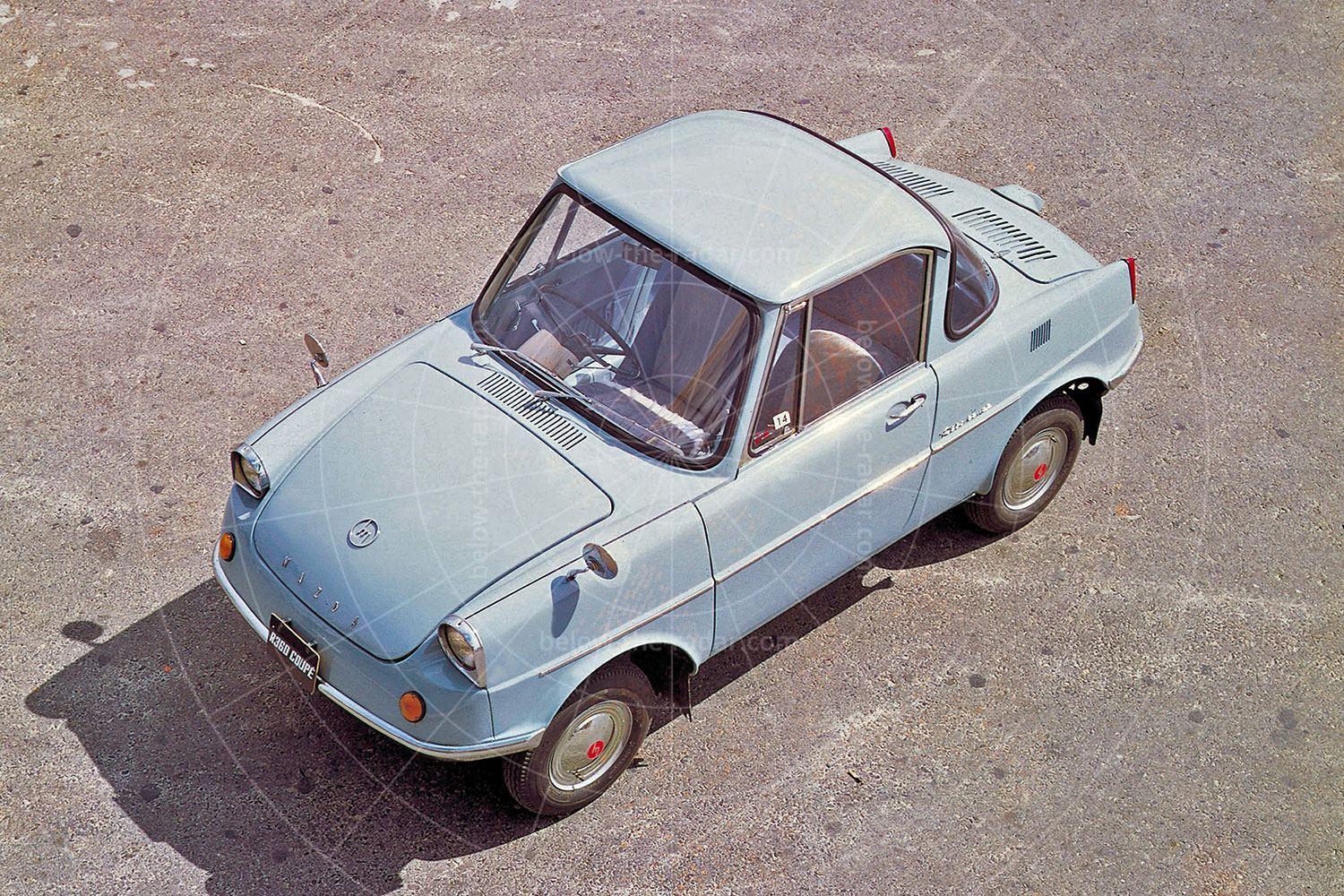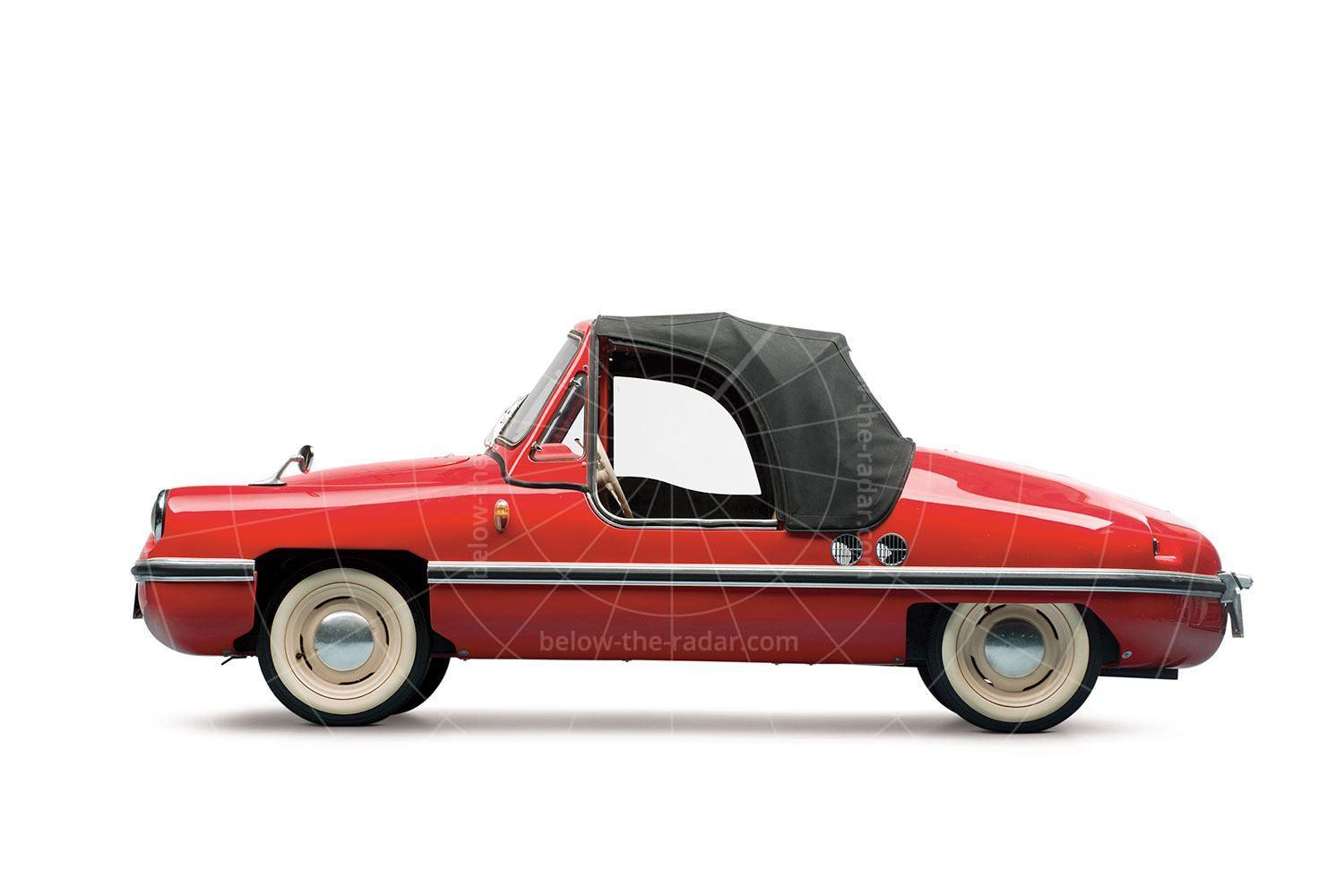Jerry Wiegert wasn't one to think small. When he launched his W2 in the 1970s he went on record as saying: "The Vector is going to be a showcase of American components and technology, a $50,000 supercar meant to be worth every cent of it. I think it's the most comprehensive and well thought out American GT car in a long, long time".
It was interesting that when he said those words in 1977 he referred to his W2 as a GT; 40 years later he would claim: "Vector was the world’s first supercar. Everything else was a sports car or an exotic sports car, not a supercar. They weren’t high tech or state of the art. I designed the whole car; the body, the chassis, the instrumentation, even the paint. Nobody else did that". Just as interesting was that in just two years the Vector's price had jumped from $50,000 to "$100,000 plus", not that it made much difference because it would be another decade before Wiegert's dream would become a reality. Of sorts.
The Vector W2 (shorthand for Wiegert twin-turbo) made its media debut on the April 1972 front cover of Motor Trend. There was no review of the car inside though, as it was just a non-running mock-up at this stage, a glassfibre bodyshell on a Porsche platform. Blending design elements of the Bertone Carabo, Lamborghini Countach, Mercedes C-111 and a raft of other concepts, the W2 had no interior or running gear, but it looked sensational. But sadly the chances of it reaching production at that stage were slim, thanks to the huge costs involved.
The W2 made its debut at the 1972 Los Angeles Auto Expo, a showcase of specialty cars. Wiegert had teamed up with Hollywood-based Lee Brown who ran Precision Auto Body, the idea being that Brown would build the car as a running prototype. Unfortunately the pair fell out before the car was completed, leading Wiegert to conclude that from here on he would run his company on his own, with partnerships being nothing but a recipe for disaster. The fact that Wiegert seemed to fall out with so many people during his career suggests that just maybe he was the difficult one…
Fast forward five years and the Vector W2 made an appearance in Road & Track, with Wiegert clearly still struggling to get the funding to put his amazing machine into production. At the time he commented: "The Bricklin experience, and the De Lorean car if it doesn't succeed, makes it almost impossible to get an audience for funding". When the De Lorean DMC-12 project crashed and burned soon after, that wouldn't have made securing funding any easier…
Wiegert's father was a gifted mechanical engineer and Wiegert himself served his apprenticeship with GM, which then offered him a career with the company. But Wiegert chose to go his own way as he had no intention of taking orders from anybody. Wiegert's greatest passion was aeronautical engineering, but instead of going into aircraft production he elected to produce cars built to the same standards as the best aeroplanes.
To this end the W2's structure was made almost entirely of aluminium, with only the roof and rollbar towers being made of steel. There were foam-filled box sections for impact protection, while the bodywork was FRP composite foam sandwich urethane. Bearing in mind most top-end supercars of the time were still using welded-steel structures and very traditional methods of construction, the Vector W2 was truly cutting edge.
The proposed motive power was a fuel-injected twin-turbo small-block V8, that was balanced and blueprinted. Transversely mounted, this V8 would send its power to the rear wheels via a three-speed automatic transmission with manual control.
The front suspension consisted of double wishbones and telescopic dampers with coil springs, while at the rear there was a de Dion tube with trailing arms with concentric coil spring/damper units acting on top of the de Dion tube on the rear bulkhead. The rack-and-pinion steering featured variable-ratio geometry and power assistance, but with almost four turns between locks it wasn't especially direct; Wiegert planned to offer a non-assisted set-up for those who wanted one.
Reining in the Vector there were ventilated discs front and rear, with four-piston callipers and servo assistance. The 15-inch wheels were made specially for Vector, and featured cast magnesium centres with detachable aluminium alloy rims; they were eight inches wide up front and 10 inches wide at the rear, shod with 225- and 285-section Pirelli P7 tyres respectively.
The problem for Wiegert was that he was promising plenty but delivering very little. By 1979 the W2 was a fully running prototype with a 5.7-litre (350ci) Chevrolet V8 boosted by a pair of Rajay turbos and equipped with Bosch K-Jetronic fuel injection. Wiegert claimed that the engine put out over 600bhp and more than 600lb ft of torque, which was enough to take the car to 242mph – at a time when no production road car was capable of even 200mph.
Needless to say that the W2 was never independently tested, but it did rack up over 100,000 miles in the hands of Wiegert and it did eventually go into (very) limited production as the Vector W8, but not until 1990.

